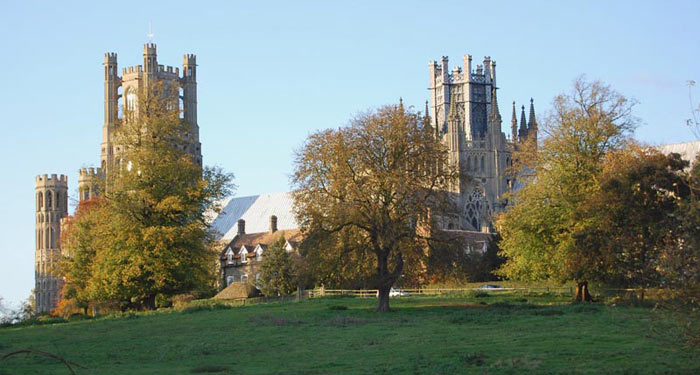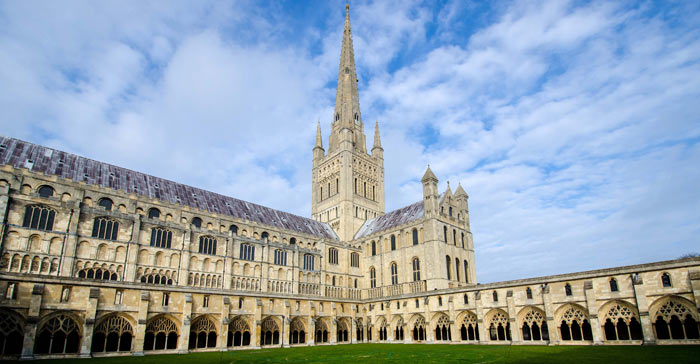For hundreds of years church architects have built their spires as tall as possible to get nearer to God in the heavens. Sometimes church spires are the highest point for miles, dominating rural skylines in otherwise very flat areas like East Anglia. Now, thanks to a UK Governmental and Church of England accord, these heavenly conduits will boost modern digital connectivity in rural areas. Furthermore, church locations at the heart of communities often mean they are very well placed to address connectivity and coverage problems. The government is also open to similar agreements with other faith communities that have similar estates.

The Department for Digital, Culture, Media and Sport (DCMS), the Department for the Environment, Food and Rural Affairs (Defra), and the Church of England, will work towards using buildings and other property to improve broadband, mobile and Wi-Fi connectivity for local communities. It is thought the initiative to use the church buildings will bring the following benefits:
- better access to online public services
- improved social interaction with family and friends
- effective online presence meaning that local businesses can extend their reach and better compete with other
- businesses, or in the case of tourism businesses, better attract visitors to the local area
- better access to skills and training which can lead to further local employment opportunities that deliver
- improved productivity and can boost the wider local economy.

At the time of writing the Dioceses of Chelmsford and Norwich are already supporting the use of church buildings for digital connectivity enhancement. Those who are worried about damage to the historic architecture of the churches are reassured that "clear guidance set out by both the Church and Historic England ensures that any telecoms infrastructure deployed does not impact on the character and architectural or historic significance of churches." With that in mind, it seems like a canny agreement for improving connectivity coverage.






